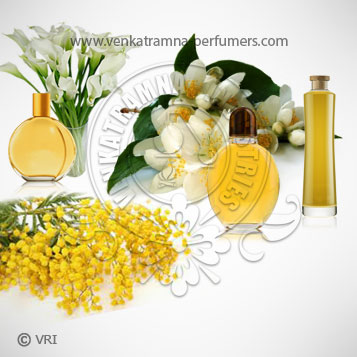
| Botanical Name | Citrus aurantium Linn |
| Common Name | Seville orange, sour orange, bigarade orange, and marmalade orange |
| Country of Origin | England, Russia |
| Solubility | Soluble in alcohol & oil, insoluble in water |
| Specific Gravity | N/A |
| Optical Rotation | N/A |
| Refrective Index | 1.495-1.502 |
| PlantPart | Leaves |
| Bland With | Cedarwood, Clary Sage, Geranium, Lavender, Lime, Jasmine, Neroli, Orange, Palmarosa, Rosemary, Sandalwood and Ylang-ylang . |
| CAS No | 6485-40-1 |
| Flash Point | N/A |
| Extraction Method | Steam Distilled |
Carvone is a member of a family of chemicals called terpenoids. Carvone is found naturally in many essential oils, but is most abundant in the oils from seeds of caraway (Carum carvi) and dill
Caraway was used for medicinal purposes by the ancient Romans, but carvone was probably not isolated as a pure compound until Franz Varrentrapp (1815-1877) obtained it in 1849. It was originally called carvol by Schweizer. Goldschmidt and Zurrer identified it as a ketone related to limonene, and the structure was finally elucidated by Georg Wagner (1849-1903) in 1894.
Color : a colorless, pale-yellow or greenish-yellow liquid,
Aroma : Strong mint candy flavor
These are widely used in diverse industries including Food, Agriculture, Insect Control, Organic synthesis and so on. These herbs are used in many essential oils, along with aromatherapy and alternative medicine applications.
As the compound most responsible for the flavor of caraway, dill and spearmint, carvone has been used for millennia in food.Wrigley's Spearmint Gum is soaked in R-(–)-carvone and powdered with sugar.-Carvone is also used to prevent premature sprouting of potatoes during storage, being marketed in the Netherlands for this purpose under the name Talent.Carvone has been proposed for use as a mosquito repellent, and the U.S. Environmental Protection Agency is reviewing a request to register it as a pesticide.[